Bears may drag Nifty to 16650 once 16700 support breached; 5 things to know before market opening bell
Benchmark indices BSE Sensex and NSE Nifty 50 are expected to open in the red as trends in SGX Nifty hinted at a negative opening for Indian equities. “The overall sell-off in the broader market has dampened the sentiments, and the 17000 mark seems to be a significant hurdle for Nifty. The technical structure looks very disruptive, with all indicators signaling the trend southwards. Going forward, the RBI monetary policy is slated in the coming session; hence, traders should keep a close eye on the event. Apart from this, global development should also not be overlooked, and therefore, one needs to avoid aggressive bets and focus on stock-specific actions,” said Osho Krishan, Senior Analyst – Technical & Derivative Research, Angel One.
Also Read: Reliance, PNB, Hero MotoCorp, Adani Power, Lupin, Bajaj Electricals, Rail Vikas Nigam stocks in focus
Global market watch: Shares in the Asia-Pacific traded lower on Friday, following another sell-off on Wall Street overnight. Japan’s Nikkei 225 slipped 1.32%, and the Topix index fell 0.87%. Australia’s S&P/ASX 200 lost 0.48%. The Kospi in South Korea declined 1% and the Kosdaq shed 1.13%. MSCI’s broadest index of Asia-Pacific shares outside Japan fell 0.15%. U.S. stocks tumbled in Thursday’s session, with the S&P 500 hitting a fresh low for the year and also reaching a new closing low. The index dropped 2.1% to end the session at 3,640.47. Meanwhile, the Dow Jones Industrial Average slumped 1.54%, and the tech-heavy Nasdaq Composite lost 2.84%.
Nifty technical view: “A long bear candle was formed on the daily chart, that has been placed at the edge of important support at 16800 levels. The market has been repeatedly testing the lower support of 16800 levels but was not gaining momentum on the upside. This is not a good sign, and this reflects that the said support could be broken on the downside soon,” said Nagaraj Shetti, Technical Research Analyst, HDFC Securities.
“Further weakness below 16800 levels, the market could slide down to the next key support around 16650 levels, which is a 50% Fibonacci retracement taken from the June bottom to September top. Any upside movement from here could encounter strong resistance around 17030 levels,” he added.
Levels to watch for: “The support for nifty has shifted around 16700 levels while on the upside 17050 may act as an immediate hurdle. On the other hand, Bank nifty has support at 37000 levels while resistance at 38500 levels. Overall, the Nifty is trading in the range of 16750-17050 level and either side breakout will show the direction. Pharma & media sector stocks are looking good for trade. One can add on dips,” said Palak Kothari, Senior Technical Analyst, Choice Broking.
RBI MPC decision: The RBI is expected to raise the repo rates by 35-50 bps in its September Monetary Policy Committee (MPC) meeting. A 50 bps increase in key policy rates again this time will take it to a three-year high of 5.9 per cent. All eyes will be on RBI Governor Shaktikanta Das on Friday, 30 Sep 2022, who, in the previous policy review, had said that ’50 is the new normal for central banks’. The monetary policy committee is likely to take cues from its global counterparts, including the US Fed, to raise interest rates for the fourth time in a row.
Also Read: Sensex, Nifty end in red for 7th straight day amid volatility on F&O expiry; all eyes on RBI MPC meet decision
FII and DII data: Foreign institutional investors (FIIs) net offloaded equities worth Rs 3,599.42 crore, while domestic institutional investors (DIIs) net bought shares worth Rs 3,161.73 crore on 29 September, according to the provisional data available on the NSE.
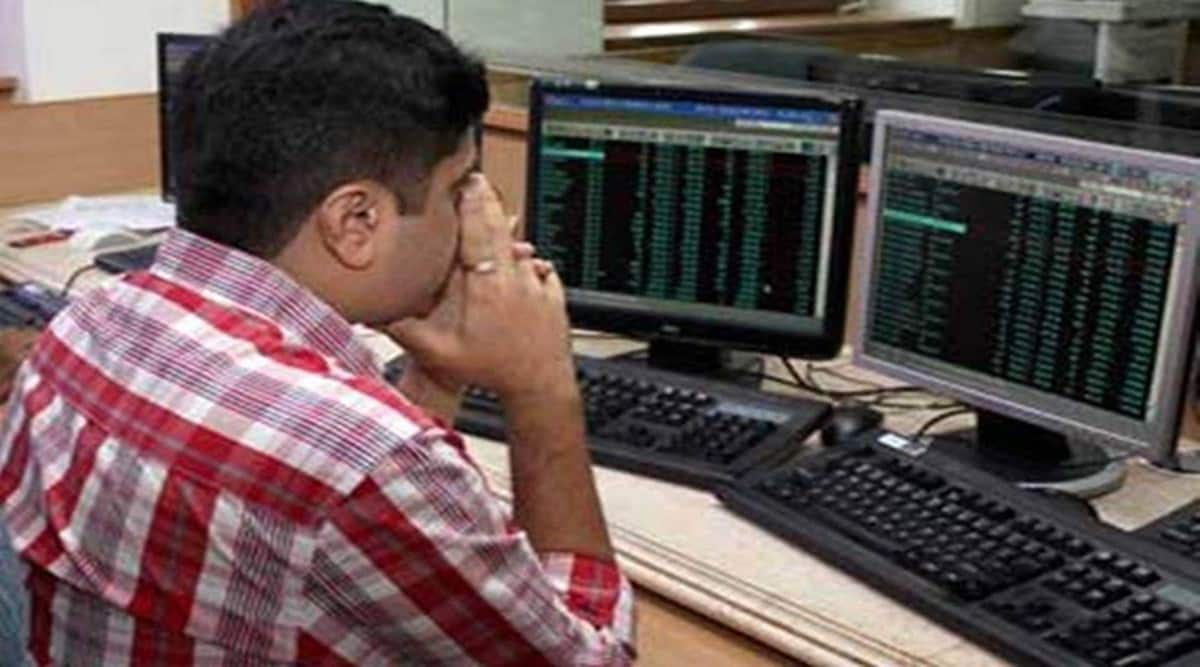
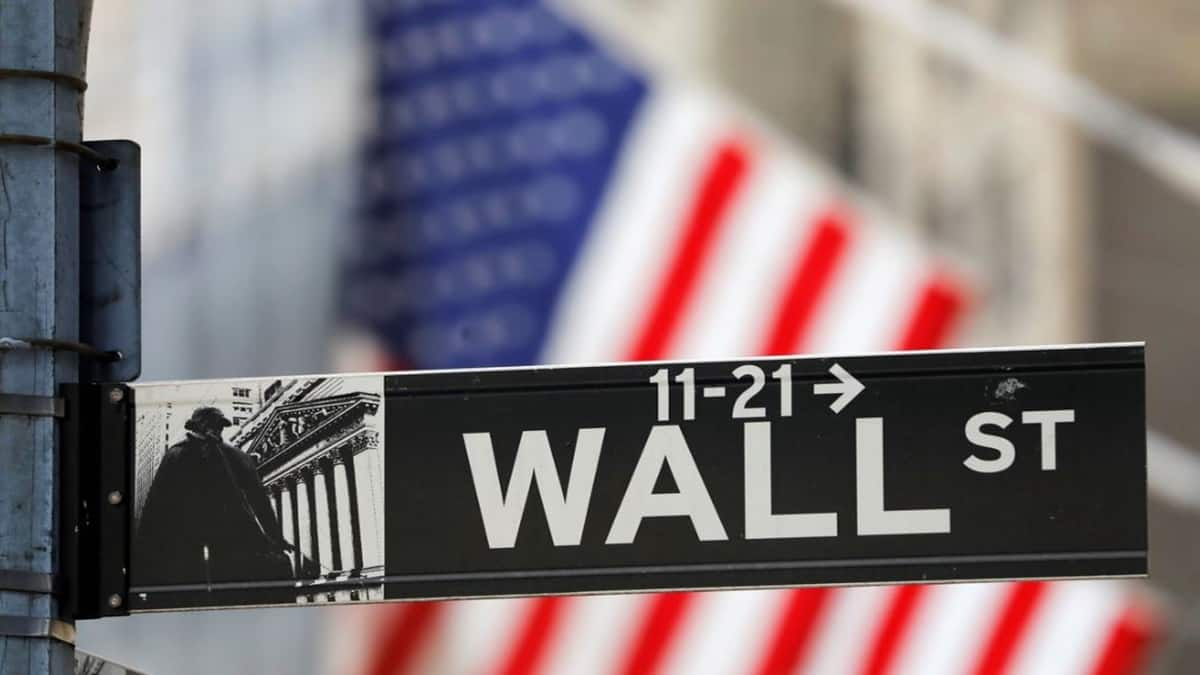
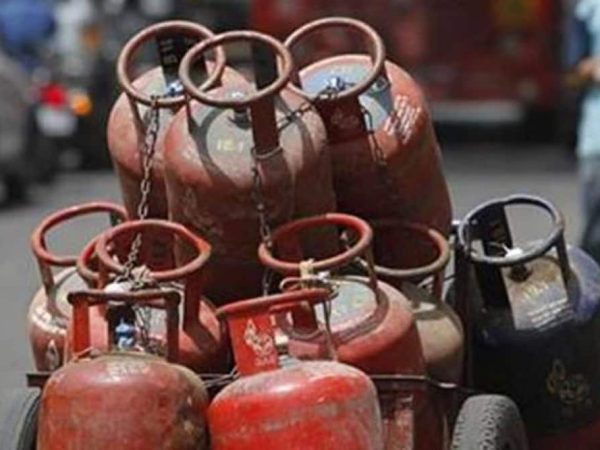
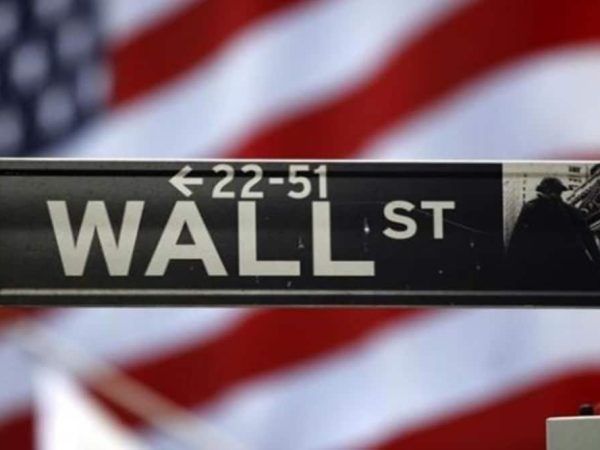

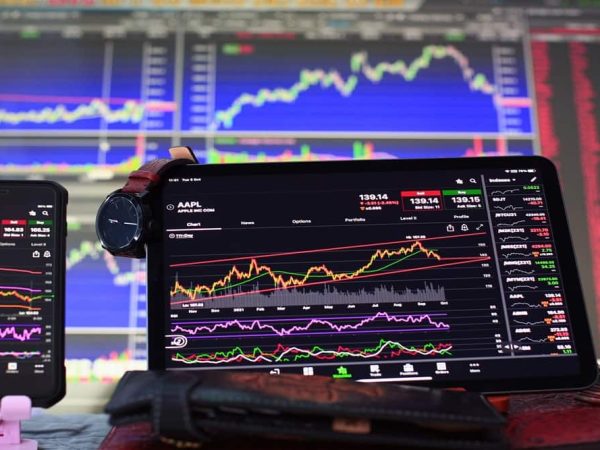
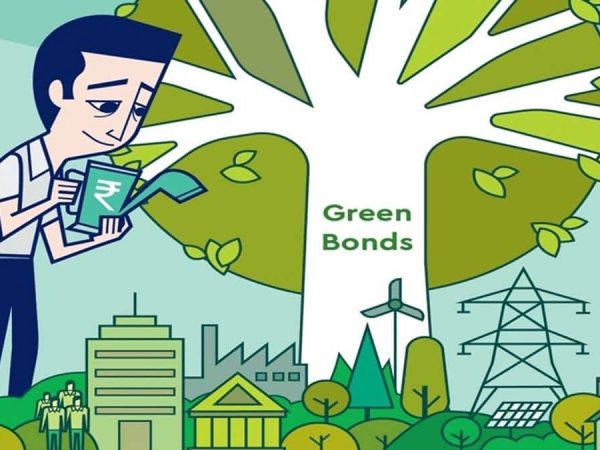
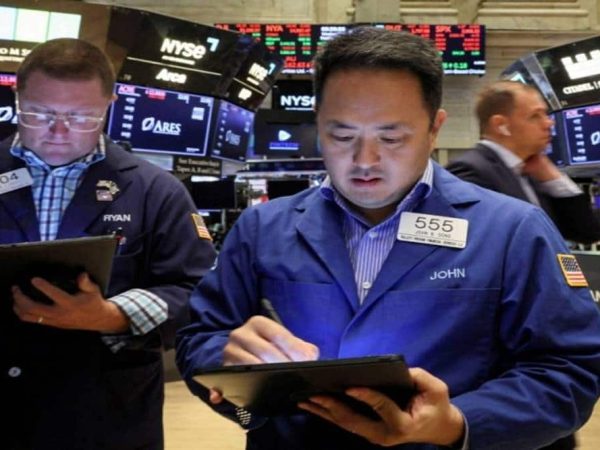
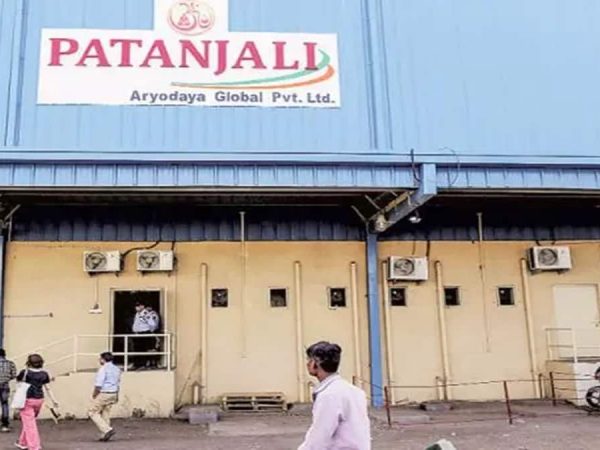

Recent Comments